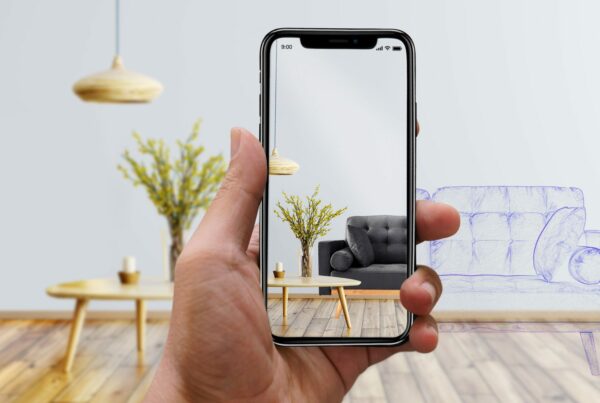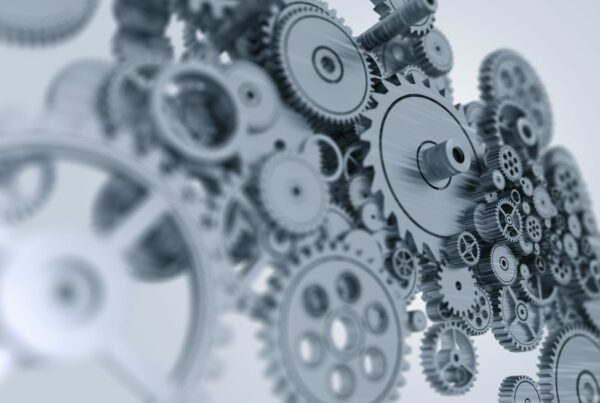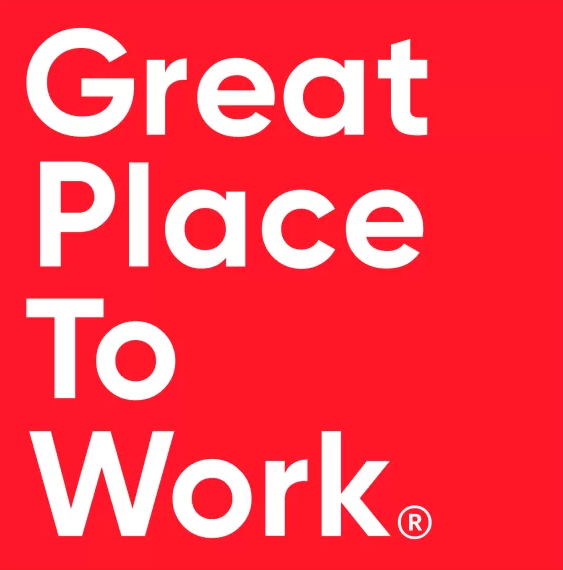In this article, we will outline the average cost of a product configurator, the factors that influence the price, and how to create a customized product configurator that meets your business needs.
As companies advance in their digitalization, the business benefits of custom 3D configurations become more apparent. In particular, companies in e-commerce, B2B, manufacturing, marketing and even education are creating new competitive advantages thanks to the ability to automate their sales through a product configurator.
So what if you have decided to build or implement a 3D product configurator but don’t know how much it really costs?
Then you have come to the right place! In this article, we will share the average cost of a 3D configurator, what factors affect the price, and how to create a custom product configurator that meets your business needs.

What affects the cost of configurator development?
Of course, the cost of any project depends on the functionality, time of execution and how effectively the team collaborates. In case you want to estimate the cost of your project, we will outline the most common factors that can make an overall price lower or higher, as well as the quality.
Content type
Your VR/AR or product configurator should definitely include different visual assets but the type – 2D or 3D depends on the purpose. For example, 2D content is simple flat graphics that cannot be changed. But when you need, let’s say, a backpack or furniture configurator, it’s better to give users the ability to rotate the items and examine them from different angles and apply different textures and other options. When a project is to include 3D models, it will take more time to develop than 2D images that barely influence customer choice.
Level of 3D model detail
Creating detailed 3D modeling is a process that requires several steps and tests. Thus, if you want a model that will impress and attract more customers to your product or if you want to present a prototype with important details, be prepared for a higher than average price. This is because details take more time, require more effort and special skills in detailed modeling.
Platform
A product configurator can be designed for different platforms – mobile, web, desktop, XR. The cost of development for each of these platforms varies because each of them has different levels of complexity. For example, models for a mobile product configurator rarely require very detailed and complex development, hence the price tends to be lower.
On the other hand, web and desktop versions have a larger resolution and require more to make the product look like a photorealistic and natural 3D model at this large scale. The same applies to configurators created with AR/VR/MR technology. These cost more because they take much longer and require more complex work.
The project
A good example is the use of AR for a product configurator, especially when deployed in a browser. Augmented reality with WebAR immerses customers in the product or solution directly on a website, presenting your commercial offers and thus increasing sales. Such developments are not easy to implement and often require significant investment.
It is also important to know that VR technology can also be used for product configurator development but it is also the most labor-intensive type of development that takes a lot of resources – time, money, experienced specialists.
Rendering method
There are configurators that load in real time, meaning that when users change a product feature, changes are made on the same page immediately as they are made. Other methods include reflecting the functional changes by reloading the page or opening it in a new window.
Real-time rendering tends to incur a higher cost but also provides the best experience.

The main reasons for building a product configurator
When selling a product online, there are many ways to convince customers – advertising, articles describing all the features, discounts, etc. But nothing works better than visualization and interactive experiences.
Here are some reasons:
Immersive effects and interactions
Customers gain better insights into your product, not only through VR and AR technology, but also through the ability to examine it in detail. A static image cannot convey much information, unlike a 360-degree view. Thus, customers focus more on your product and discover information that is of interest.
Emotional impact
When a customer visualizes a product in their daily environment, this leaves an emotional attachment to the object. In other words, the customer has already interacted with, formed an impression and even put their own spin on it. This has a major impact on their final decision to buy or not.
Customization
It often happens that your product almost satisfies customers. They may not be fully convinced or slightly dissatisfied with one aspect of it, feeling that their individual needs have not been met. However, a 3D configurator makes it possible to immediately adapt the product to their needs, which can significantly eliminate/reduce problems and shorten the buying journey. Plus, this feature can definitely give your business a leg up on the competition.
Automation
Business process automation is an excellent solution not only for entrepreneurs but also for customers. Many salespeople resent the pressure they feel from sales managers and some customers don’t feel ready to make the call to discuss the potential purchase. A product configurator makes it possible to do all this in a few clicks without the help of third parties. As a result, there is no need for salespeople to spend so much time on customer consultation and order processing.
How to develop a product configurator
Building a custom product configurator requires specific knowledge and skills in different areas – from 3D modeling to design and software development.
Animech, with over 15 years of experience, has plenty of successful cases and all the necessary resources to complete a project quickly and with first-class quality. Moreover, we are truly passionate about what we do and will turn a deep understanding of your business goals into something concrete that achieves them.
Please contact us for a personal consultation.






